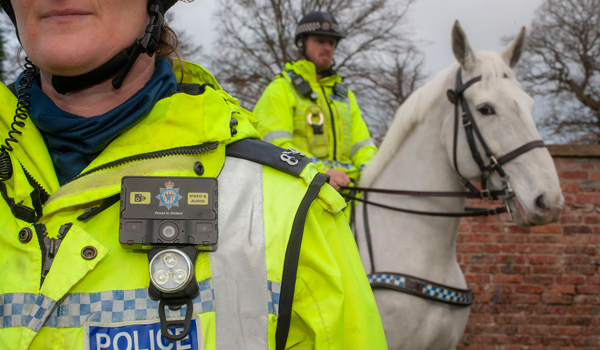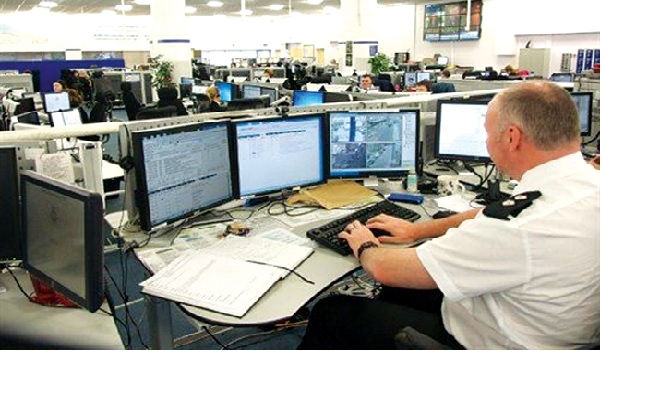Tasers dont cause cardiac complications suggests study
Taser shots to the chest are no more dangerous than those delivered to other body locations, according to a recent study in the US. Researchers reviewed 1,201 cases of real-life Taser use by law enforcement agencies but found none in which the devices could be linked to cardiac complications, even when the Taser probes landed on the upper chest area and may have delivered a shock across the heart.

Taser shots to the chest are no more dangerous than those delivered to other body locations, according to a recent study in the US. Researchers reviewed 1,201 cases of real-life Taser use by law enforcement agencies but found none in which the devices could be linked to cardiac complications, even when the Taser probes landed on the upper chest area and may have delivered a shock across the heart.
William Bozeman, MD, an associate professor of emergency medicine at Wake Forest Baptist Medical Centre in North Carolina, said: While we know that the Taser is a very effective and remarkably safe weapon for law enforcement use, we also continue to have some concern about injuries that may be related to it.
However, in this review, we found no cases where there was an apparent cardiac complication related to the Taser, even in the worst-case scenario when the probes landed across the front of the chest and the heart may have been in the path of the electrical current produced by the device.
The team of researchers led by Mr Bozeman reviewed cases of Taser use against criminal suspects by police officers from agencies across the country. Of the 1,201 cases reviewed, 178 or 22 per cent involved the devices probes landing on the suspects chest and delivering an electrical charge that may have travelled across the heart area. The majority of the suspects were male (94 per cent) and the mean age was 32. None of the suspects with Taser shots to the chest were found to have heart-related complications and they did not have a higher injury rate than suspects with Taser shots elsewhere on the body.
Mr Bozeman said it was important to conduct this research because concerns had been expressed that Taser activations across the front of the chest might be unsafe and should be avoided due to the possibility of probes landing near the heart. It was also important to look at real-life situations, he added, because criminal suspects are thought to be at a higher risk of complications than healthy volunteers due to the stress of the situation, the possible presence of drugs, underlying medical conditions and a variety of other factors.
This analysis was done to assess whether medical data shows these concerns to be valid and whether law enforcement officers should change how the Taser is used in the field due to possible medical risks, said Mr Bozeman. The study results indicate that no adverse effects were seen that could be related to transcardiac conduction of Taser shocks.
Tasers are commonly used by police personnel worldwide as an intermediate-force option to subdue and apprehend potentially dangerous or combative suspects. Tasers function by delivering a series of very brief high-voltage, low-current electric pulses that result in pain, muscle contraction and inhibition of voluntary movement.
Mr Bozeman has been conducting research into the use of Tasers by law enforcement personnel since 2004. In 2007 and 2009, he released results from the first large, independent study of injuries associated with Tasers, finding that they were relatively safe and posed minimal risk of injury. In that study, findings showed that 99.7 per cent of those subjected to a Taser had no injuries or only mild ones, such as scrapes and bruises.
In a related study also released in 2009, Mr Bozeman evaluated the immediate cardiac and cardiovascular effects on a group of volunteer police officers, finding that Taser exposure overall was safe and well tolerated. No adverse cardiac affects or rhythm changes were seen.
This study adds to the accumulated medical evidence that Tasers are safe and effective and that their risks overall are extremely low, said Mr Bozeman.
Tasers have been proven to reduce the risk of injury in both suspects and officers and have prevented far more injuries and deaths than they have produced.
While no tool is risk-free, Tasers are clearly safer than alternate force options available to law enforcement officers, such as batons, han



